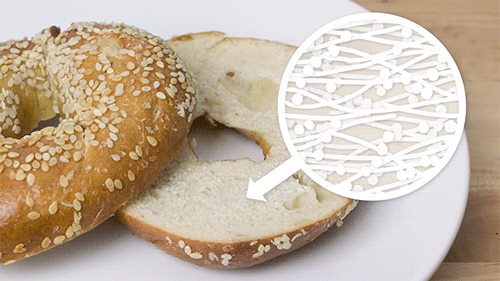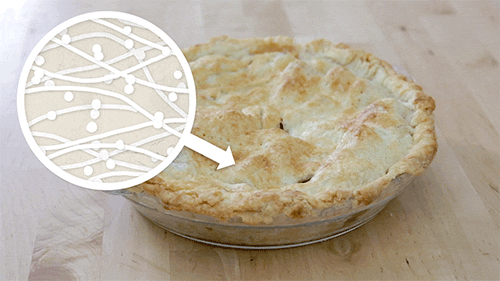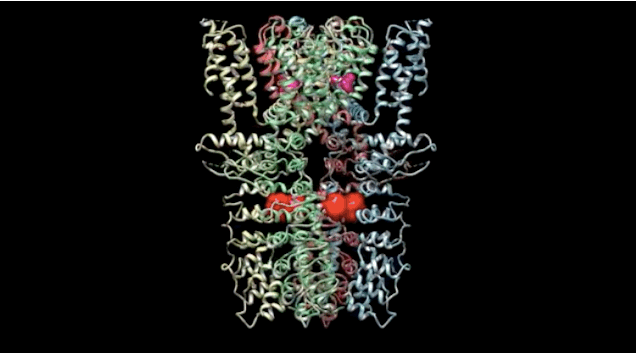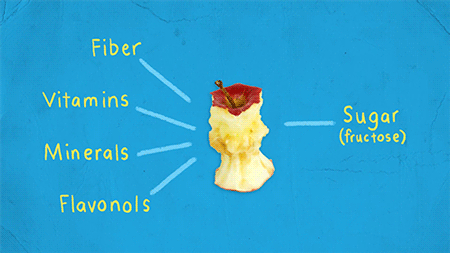Caffeine is the energy boost of choice for millions who consume it to wake up or stay up. Now, UC Irvine neurobiologist Michael Yassa has found another use for the stimulant: memory enhancer.
Michael Yassa, assistant professor of neurobiology & behavior, and his team of scientists found that caffeine has a positive effect on long-term memory in humans.
“We’ve always known that caffeine has cognitive enhancing effects, but its particular effects on strengthening memories and making them resistant to forgetting has never been examined in detail in humans,” Yassa said. “We report for the first time a specific effect of caffeine on reducing forgetting over 24 hours.”
The researchers conducted a double-blind trial in which participants who did not regularly eat or drink caffeinated products received either a placebo or a 200 milligrams caffeine tablet five minutes after studying a series of images. Saliva samples were taken from the participants before ingesting caffeine, and one, three and 24 hours afterwards to check for increased caffeine levels.
The next day, both groups were tested on their ability to recognize images from the previous day’s study session. On the test, some of the visuals were the same as from the day before, some were new additions and some were similar but not the same as the items previously viewed. Researchers say more participants in the caffeine group were able to correctly identify the new images as “similar” to previously viewed images versus erroneously citing them as the same.
The brain’s ability to recognize the difference between two similar but not identical items, called pattern separation, reflects a deeper level of memory retention, the researchers said.
“If we used a standard recognition memory task without these tricky similar items, we would have found no effect of caffeine,” Yassa said. “However, using these items requires the brain to make a more difficult discrimination – what we call pattern separation, which seems to be the process that is enhanced by caffeine in our case.”
[Image via yourcoffeeguru]
Read the rest of the most discussed UC research of 2014 →








